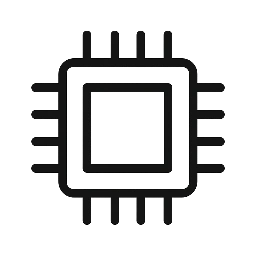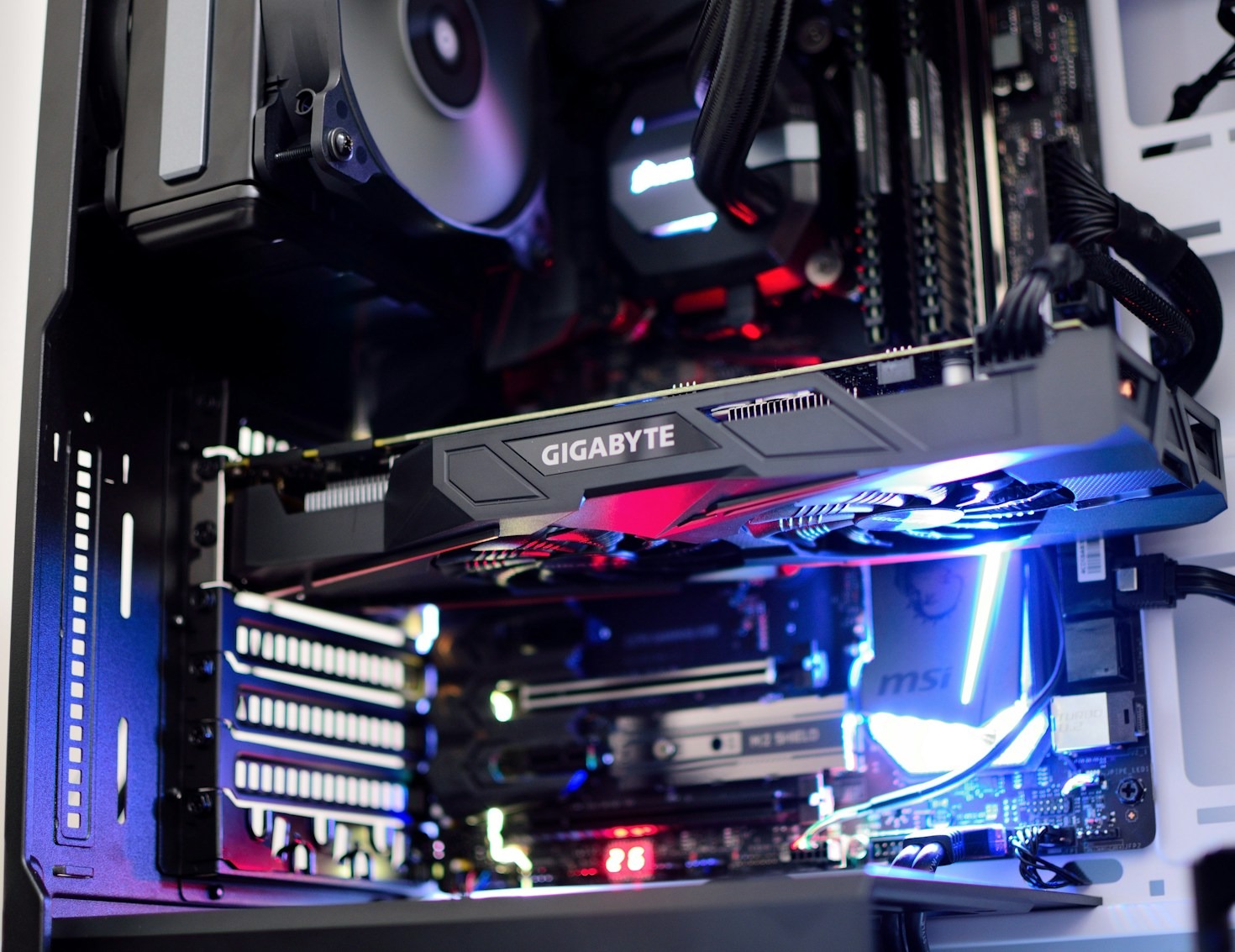You don’t need a $5,000 workstation to start running AI models locally. Thanks to recent hardware improvements, it’s now possible to build a capable AI PC for under $1,000 that can handle image generation, small language models, and basic multimodal experiments—all while remaining upgradable for future use.
This guide walks you through each part, why it matters, and what kind of performance you can expect for AI workloads in 2025.
Why a Budget AI PC Is Worth Building
A budget AI PC offers the perfect entry point for:
- Running tools like Stable Diffusion, Leonardo AI, or ComfyUI
- Testing smaller LLMs such as Llama 3 8B, Gemma 2B, or Mistral 7B locally
- Learning prompt workflows, quantization, and local inference without relying on cloud credits
It’s an affordable way to get hands-on experience in AI development and creative generation without expensive monthly fees or privacy concerns.
Complete Build List (Under $1,000 Target)
| Component | Example Model | Notes | Approx. Price |
|---|---|---|---|
| CPU | AMD Ryzen 5 7600 | 6 cores, excellent single-core performance | $220 |
| GPU | NVIDIA RTX 4060 (8 GB VRAM) | Efficient entry-level GPU for Stable Diffusion and small models | $300 |
| Motherboard | MSI B650M PRO-VDH WiFi | Reliable, affordable AM5 platform | $130 |
| Memory | 32 GB DDR5 6000 MHz | Smooth multitasking and inference | $110 |
| Storage | Crucial P5 Plus 1 TB NVMe | Fast model loading and caching | $80 |
| Power Supply | Corsair CX650M (650W Bronze) | Semi-modular, solid efficiency | $70 |
| Case | NZXT H5 Flow | Excellent airflow, compact design | $90 |
Estimated Total: ~$1,000 (prices vary by retailer)
You can link each part above to your Amazon affiliate URLs.
Performance Expectations
With this configuration, you can expect:
| Task | Performance Estimate |
|---|---|
| Stable Diffusion | 12–20 seconds per image (512×512, Euler sampler) |
| Llama 3 8B (Quantized) | 25–35 tokens per second |
| ComfyUI Pipeline | Smooth multi-node runs up to 768×768 |
| Video generation (short clips) | Feasible at low resolution with tools like Pika or Runway |
While 8 GB of VRAM limits very large models, this build comfortably supports all common local inference workflows in 2025.
Upgrade Paths
One of the best things about this setup is its flexibility. You can start small and upgrade when needed without replacing everything.
Recommended upgrades:
- GPU → RTX 4070 or 4070 Ti SUPER (for 12–16 GB VRAM)
- RAM → 64 GB for larger LLMs and multitasking
- SSD → Add a second 2 TB NVMe for model storage
- Cooling → Add a 240mm AIO for quieter full-load runs
The AM5 platform supports future Ryzen CPUs, giving you several years of upgrade potential.
Power Efficiency
This configuration typically draws 300–400 watts during AI workloads, meaning you can run longer sessions without excessive power bills or heat output.
The RTX 4060, built on NVIDIA’s Ada Lovelace architecture, provides exceptional efficiency for inference tasks—ideal for overnight image batches or lightweight fine-tuning.
Cost Comparison: Local vs Cloud
| Option | Approximate Monthly Cost (Heavy Use) |
|---|---|
| Cloud GPU Rental (A100, ~$.90/hr) | $250–$300/month |
| Local AI PC (one-time build) | $1,000 total |
| Payback Period | ~4 months of equivalent use |
If you regularly experiment or generate content, a local build quickly becomes the smarter long-term investment.
Final Thoughts
A well-balanced AI PC doesn’t have to break the bank. This $1,000 build is powerful enough to handle real-world AI workloads today, while leaving room to grow tomorrow.
Whether you’re an artist running Stable Diffusion or a developer testing small LLMs, this setup provides the perfect foundation for learning, experimenting, and building in the new AI hardware era.
Ready to go further?
Explore our Mid-Range AI PC Build for $2,000 for even faster performance, or view our GPU Benchmarks to compare results before upgrading.


Leave a Reply